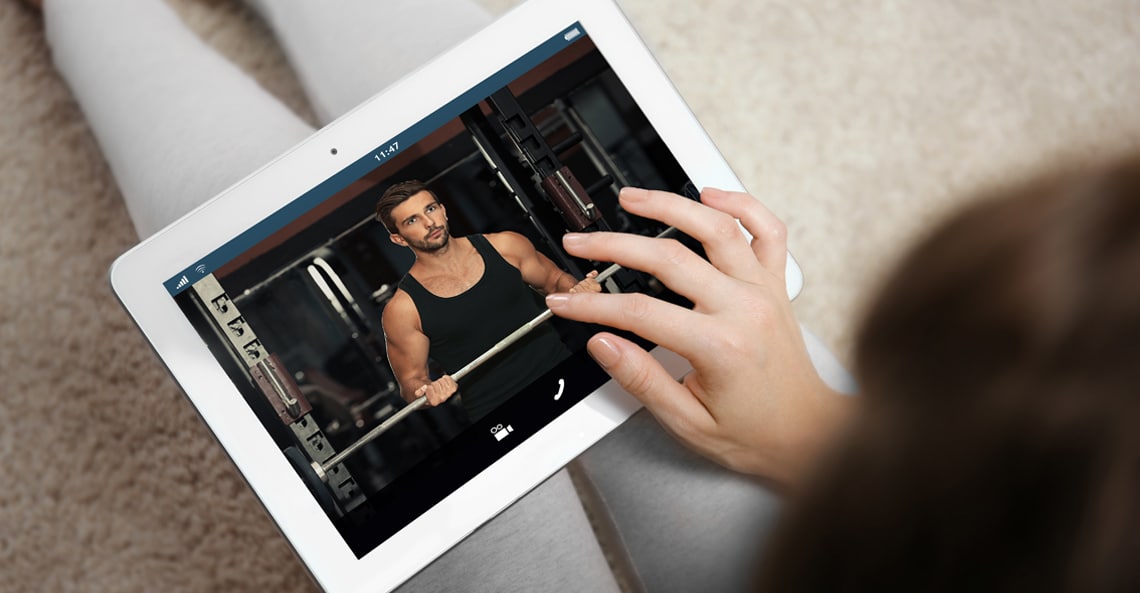
7 fundamental features of a web or mobile B2C app
Building a web or mobile application isn’t a small feat, and building one badly can lead to disaster. To help you prepare for building an application, I’ve put together a list of things that are important to the success of B2C (business-to-consumer) web or mobile applications. Here are seven fundamental features of B2C app.
7 things a B2C app needs to do
1. Communicate the value of the B2C app
This is not an actual feature of an application, but it’s critical for growing the usage of the application. You need to focus on communicating the value a user will get for signing up on and/or downloading your application. If a user can’t see the value before they sign up, you’re going to lose potential users, and this means you’re starting on the back foot.
2. Offer a trial/free tier to convince the undecided users
If your application includes a subscription to use the features of the application, then consider offering a trial or even a free tier to convince the users who are not 100% sure about downloading your B2C app yet.
If none of your features can be made free, then a limited time trial can be run so that a user has the chance to give your application a good test run. Of course, the length of the trial is dependant on what your application does. If it’s something that requires a user to look at a month’s worth of data, then you might need to have a trial for a month or two. If it just requires them to try out your features, then a week or two would be fine.
The objective would be to hook them into your business so that the premium to use the service seems like nothing. You can also offer a combination of the two where you start on a premium trial and auto convert to a free tier after the trial ends. This has a great way of keeping people on the platform and using it for an extended period.
3. Make sure your app is built to scale when needed
Before you read too much into this, I’m not saying build your app to handle one billion users from day one. What I am saying is that your app needs to be built so that it allows your business to scale. Yes, it needs to be built, so handle the load, but there is more to this.
Are you able to manage pricing, features and users on the application so that you can support them as quickly as possible? Can your service/product scale to an influx of users? Can it even handle the number of users you set as an initial goal?
These are important questions to ask above the usual, “Can your servers handle 1000 users?”
4. Set up support channels from day one
There’s nothing worse than having an issue on a product or service and not getting any response. Especially if it’s critical to the running of my business, and even worse when you’re positioning it like that.
It’s also not ideal when you can’t find a support channel to actually use to get help. Here are some ideas on support channels you can use:
- Knowledge base (let users help themselves)
- Email (allow users to send your company an email)
- Support desk (allows you to track support requests)
- Live chat (give users instant gratification)
- Telephonic (allows users to speak to another human)
5. Capture what features users use
It’s no joke when people say big data is really important. The insights you can gain from analytics inside an application is very useful. They can be used to help you make decisions for the next features of your app.
Capture the number of users actively using your app, which features they are using, how they are using the features, how often they use features etc. Just make sure you keep this data anonymous as it can really creep your users out. Also, don’t sell this data – unless you want to start facing massive fines from European users found on your system.
6. Handle errors gracefully
Errors happen no matter how hard your development team tries to mitigate them. Your application needs to handle them gracefully and let the user know what to do next. If it’s a user error (e.g. missing information from a form) then show them how to fix it. If it’s a server error, then let the user know what the next step is and what they may have to redo or if they shouldn’t try to redo it.
If it is a server error, record it and get your application to notify your team that it happened so that they can fix it as quickly as possible.
7. Protect users’ data
A user’s data is just that, theirs. It’s also a really bad idea to use their data for your own gain without their consent, so protect it at all costs. However, companies have shown time and time again that their systems aren’t impenetrable to attackers. So if a user isn’t actively using the system, give them the option to delete their account and remove their data. This is actually a requirement for GDPR and similar acts, so make sure you implement this.
These seven features should give your B2C app a solid foundation. This, by default, includes features like a solid backend system, infrastructure and a great UX that comes with anything that is built on the web (at least should be).



This Post Has 0 Comments